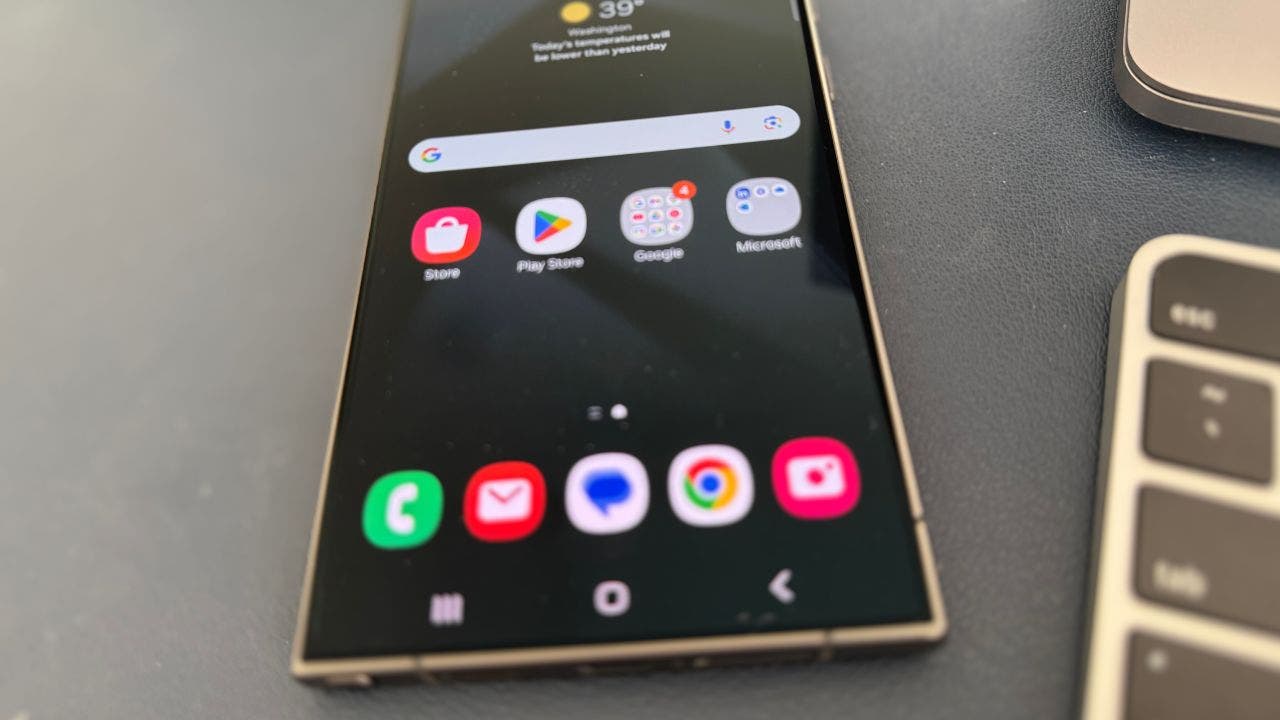Mastering Your Inbox: Effortless Ways to Delete Multiple Emails on Android
In the fast-paced digital age, email has become a cornerstone of communication, enabling individuals and businesses to connect instantly. However, the ease of sending and receiving emails has also led to inboxes overflowing with clutter, creating a burden for users. For those using Android devices, mastering your inbox is crucial for maintaining productivity and organization. In this guide, we explore efficient methods to delete multiple emails on Android, offering practical tips and insights to streamline your email management process.
Understanding the Email Clutter Problem
Email clutter can stem from various sources, including newsletters, promotional messages, and spam. According to a report by the Radicati Group, the average office worker receives around 121 emails daily, a number that can easily balloon to thousands over time. This overwhelming influx can lead to decreased productivity, increased stress, and the risk of missing important communications.
To combat this issue, effective management techniques are essential. Deleting multiple emails at once can significantly reduce clutter and help regain control of your inbox. Below, we explore some of the best methods to achieve this on Android devices.
Methods to Delete Multiple Emails on Android
1. Native Email App Features
Most Android devices come with a native email application, such as Gmail or Samsung Email. These apps often have built-in functionalities that facilitate bulk email deletion. Here’s how to use them:
- Using Gmail: Open the Gmail app, go to your inbox, and tap the circular icon next to each email you wish to delete. Once you have selected multiple emails, tap the trash bin icon at the top of the screen to delete them.
- Using Samsung Email: In the Samsung Email app, tap the three-dot menu in the upper right corner and select “Edit.” You can then select multiple emails and press the delete icon to remove them.
These native features can save time and streamline the email management process significantly.
2. Third-Party Email Management Apps
If your native email app does not meet your needs, consider using third-party applications designed for better email management. Some popular options include:
- Cleanfox: This app not only helps you delete multiple emails but also allows you to unsubscribe from unwanted newsletters and promotional emails, thereby preventing future clutter.
- Mailstrom: Mailstrom organizes your inbox by sender, subject, and time, allowing you to delete large groups of emails easily and efficiently.
These applications often come with additional features that enhance email organization, making them a valuable tool for those looking to maintain a cleaner inbox.
3. Utilizing Email Filters and Labels
Another effective way to manage your inbox is by setting up filters and labels. This method doesn’t directly delete emails, but it helps in organizing them for easier management:
- Gmail Filters: You can create filters that automatically label and archive or delete certain types of emails upon arrival. For instance, you can filter all promotional emails to a specific folder, making it easier to delete them in bulk later.
- Labels: Use labels to categorize emails by project, sender, or urgency, allowing for quick access and deletion of grouped emails.
By implementing filters and labels, users can take a proactive approach to email management, significantly reducing the volume of emails that clutter their inbox.
Broader Implications of Email Management
Efficiently managing your inbox does not only enhance personal productivity but also has broader implications for mental health and workplace efficacy. Studies have shown that high email volumes can lead to cognitive overload, affecting one’s ability to focus and complete tasks effectively.
Furthermore, in a workplace setting, an organized email system can promote better communication among team members. According to a survey by McKinsey, knowledge workers spend nearly 20% of their time searching for information, much of which is buried in cluttered inboxes. Streamlining email processes can thus lead to improved collaboration and overall productivity.
Future Trends in Email Management
As technology continues to evolve, so too do the tools available for managing our email. Several trends are emerging in email management that may further simplify the process:
- Artificial Intelligence: AI-driven email clients are becoming increasingly popular, offering features like smart sorting, automated responses, and predictive email management to help users prioritize their inboxes effectively.
- Enhanced Security Features: With the rise in cyber threats, future email management tools are expected to incorporate advanced security measures to protect users while they manage their inboxes.
- Integrative Solutions: Applications that integrate with other platforms (e.g., calendars, task managers) can help streamline workflow and minimize the time spent on email management.
These innovations promise to make email management easier and more intuitive, allowing users to focus on what truly matters.
Conclusion
Managing an overflowing inbox is a challenge faced by many Android users. However, by utilizing native features, third-party applications, and strategies such as filtering and labeling, users can effectively declutter their email experience. The implications of efficient email management extend beyond personal productivity to influence mental well-being and workplace efficiency. As we look to the future, the integration of AI and enhanced security features will likely transform the way we interact with our emails, making it an even more streamlined process.
In today’s digital landscape, mastering your inbox is not just about deleting emails; it’s about reclaiming control, enhancing productivity, and fostering better communication in both personal and professional spheres.
See more Future Tech Daily

